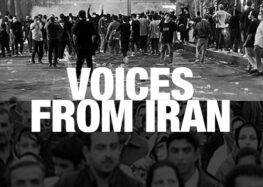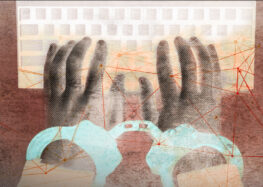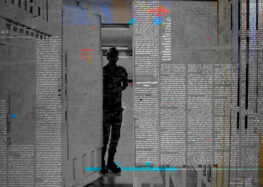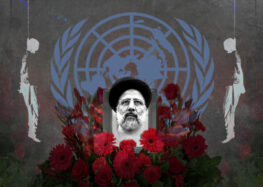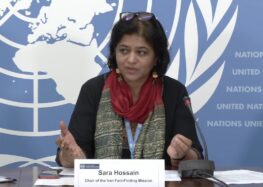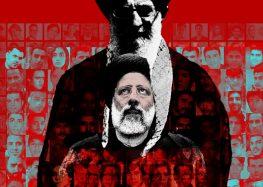Iran Protests: Grave Concerns for Extreme State Violence Amid Rising Death Toll
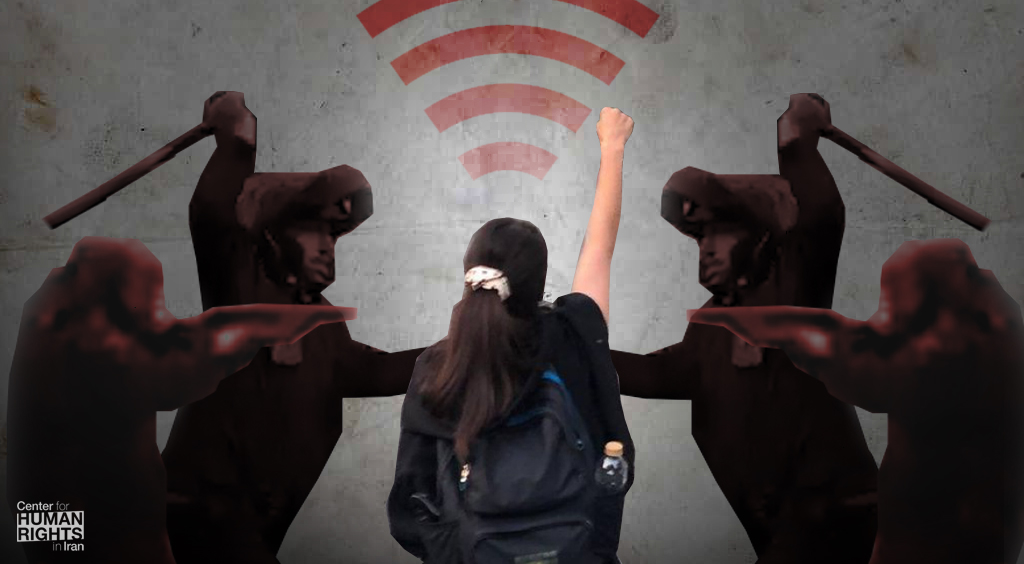 World Leaders Must Call on Iranian Officials to Immediately Cease Use of Lethal Force, Allow Peaceful Protest
World Leaders Must Call on Iranian Officials to Immediately Cease Use of Lethal Force, Allow Peaceful Protest
September 21, 2022 – On the sixth day of protests in Iran that have followed the death in state custody of 22-year-old Mahsa Amini, the Center for Human Rights in Iran (CHRI) calls on world leaders to directly and publicly urge Iranian officials to immediately cease violently repressing the demonstrations, which have already resulted in at least nine reported deaths since September 16.
“After killing hundreds of civilians to squash anti-state protests in recent years, the potential for massive bloodshed now is real and must be addressed by the world before it is too late,” said CHRI Executive Director Hadi Ghaemi.
“The government has blocked internet access because it wants to prevent people from sending evidence of the state’s atrocities to the outside world,” added Ghaemi. “We must continue to amplify the voices of the Iranian people to prevent the societal outrage at Amini’s death from turning into a scene of mass carnage.”
“World leaders must forcefully condemn the state’s violence and publicly call on the authorities in Iran to allow the people to exercise their right to protest without the threat of arbitrary arrest, physical violence, or death,” said Ghaemi.
CHRI echoes the call by Acting UN High Commissioner for Human Rights Nada Al-Nashif for the government in Iran “to respect the right to peacefully exercise freedom of expression, assembly and association” and “repeal all discriminatory laws and regulations that impose mandatory hijab.”
Since Amini was pronounced dead, after she was arrested and detained for allegedly wearing an improper hijab, protests have spread to almost all major cities, with thousands protesting in Tehran, Isfahan, Karaj, Mashhad, Rasht, Saqqez, Sanandaj, and others.
The government has responded with live ammunition, pellet guns and teargas, according to videos shared on social media that have also shown protesters bleeding profusely.
At the time of this writing, at least nine protesters were reported dead according to state and independent media reports, though that number is likely higher and expected to rise significantly.
Women Remove Headscarves, Cut Hair in Public
Amini’s death has become a rallying cry, with women protesters cutting their hair, removing their headscarves, or burning them to protest the state’s compulsory hijab law and the ongoing repression of women in the Islamic Republic, as well as the government’s refusal to respect basic rights and freedoms or respond to calls for accountability for rights violations.
Videos shared on social media show women and men standing side by side, chanting “Don’t sit down, you’re the next Mahsa!”, “Death to this dictatorship!”, “We are all Mahsa, fight us and we’ll fight back!” and “Death to Khamenei!”
As the state’s violent security presence has grown on the streets, so too have the protesters’ response, with crowds circling police, setting cars on fire, and destroying banners of Iranian officials.
“Civilians protesting the crisis of impunity in Iran are being forced to face off with heavily armed security forces,” said Ghaemi.
Nationwide, anti-state protests that exploded across Iran in 2019 resulted in hundreds of deaths by state security forces, with no accountability for any of these deaths. Instead of being allowed to seek justice through the judicial system, relatives of dead protesters continue to be harassed and prosecuted for speaking out on their cases.
The current protests are occurring amidst a backdrop of a major crackdown on civil society leaders in Iran, with more than a dozen individuals being arrested or imprisoned for peacefully criticizing the government’s record of repression.
“To understand these protests, you have to look at the evolution of the protests over the last five years, which have resulted in a growing grassroots movement for social and political change,” said Ghaemi.
“The fury on the streets is palpable,” he added. “This is the culmination of the last five years of Iran’s protest movement, and it’s targeting the height of power in the Islamic Republic.”
Father Disputes Government’s Version of Events
Amini was arrested by the morality police, a unit that has unchecked power to detain women as well as men for allegedly not complying with the Islamic Republic of Iran’s compulsory hijab law and dress code rules.
Amini’s father strongly disputed the claim that his daughter was not heavily covered, along with the government’s assertions about her death.
“What makes me sad is that the authorities are spreading lies about my daughter every day,” her father, Amjad Amini, told Rouydad24 (“Event24”), a semi-independent reformist news site in Iran.
“They said Mahsa had heart disease and epilepsy but as the father who raised her for 22 years, I say loudly that Mahsa did not have any illness. She was in perfect health. The person who hit my daughter should be put on trial in a public court, not a fake trial that results in reprimands and expulsions. I will not allow my daughter’s blood to be trampled on.”

